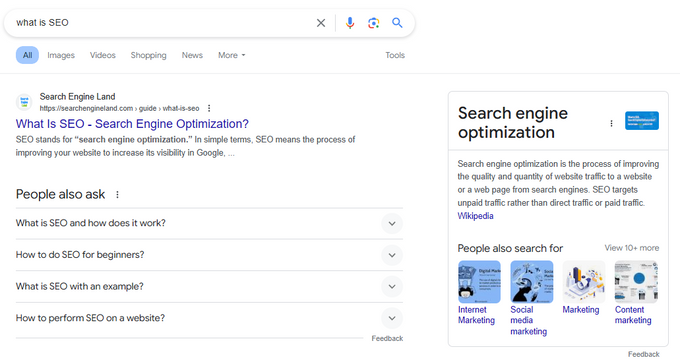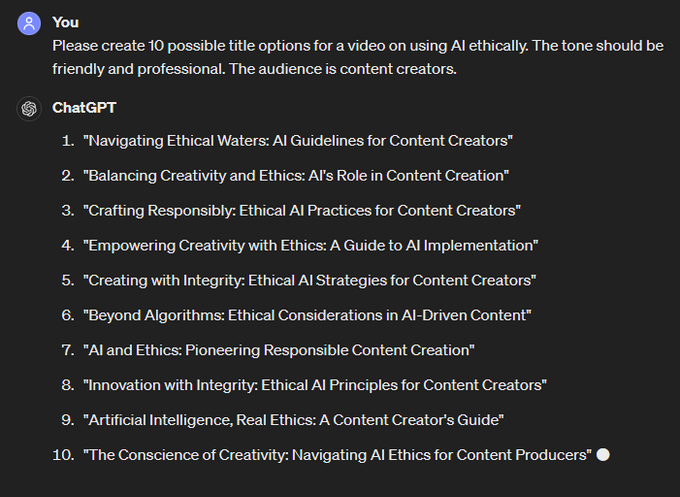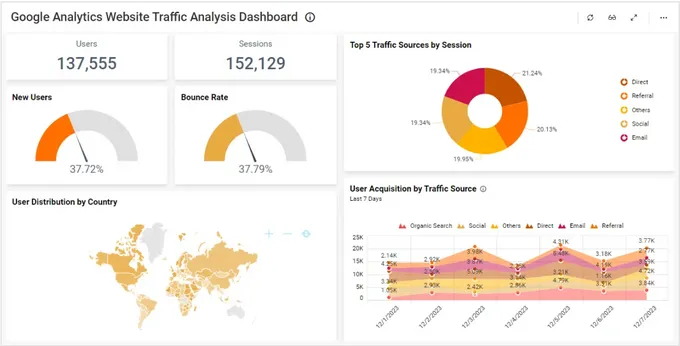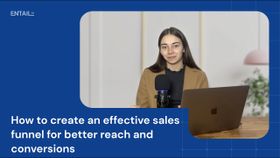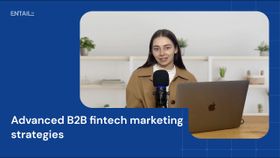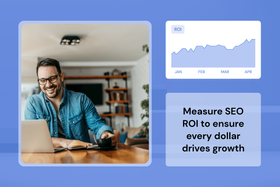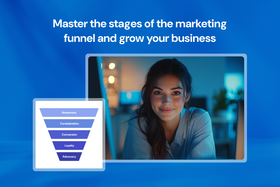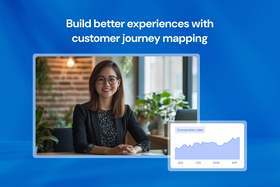Top 10 safe ways to drive organic traffic in 2026 (AI or not)
Discover the most trusted and proven methods for increasing organic traffic to your site—with or without AI.
Updated May 9, 2025
Organic traffic refers to visitors who reach your website through search engines like Google by searching for your site or the information it contains. These users find your webpage organically, not through paid channels, referrals, email marketing, or other marketing efforts.
Organic traffic is very important because you don't have to keep paying for it, which lowers your customer acquisition costs. It involves creating your own equity or asset (i.e., content) that continuously drives traffic from a single investment.
Key takeaways
- Content accounts for 90% of what you need to drive organic traffic.
- Technical SEO is important but doesn't drive traffic on its own.
- Avoid pitfalls that can lead to penalties and potential de-indexing.
- Less than 10% of websites succeed at generating traffic at scale, but there are tools to make it easier.
Organic vs. paid traffic
Think of organic traffic as owning a house and paid traffic as renting. When you use paid channels, such as Facebook or Google Ads, you have to keep paying to get traffic. The moment you stop, the traffic dies. On the other hand, organic traffic continues to feed into your site long after you’ve paid to build a website or create content.
READ MORE: Paid vs. organic customer acquisition
Types of organic traffic
Generally, there are two types of organic traffic: branded and non-branded. Branded traffic is people searching for your brand, which can be your company's name. Non-branded traffic is all other forms of traffic sent to your site because you offer some information or service related to what users are searching for.
Non-branded traffic
You can break non-branded organic traffic down into four subcategories: navigational, informational, commercial, and transactional.
- Navigational: Users want to navigate to a specific website or online destination, such as Facebook or Amazon.
- Informational: Users looking for information or an answer to a specific query, like "Why do people suffer from depression?" or "How to bake a cake."
- Commercial: Users research and compare products or services before purchasing. Terms like "best online therapy providers" or "top-rated VPNs" are common examples.
- Transactional: Users want to complete a transaction. Searches like "buy running shoes online" or "download Photoshop" suggest transactional intent.
» Get both branded and non-branded traffic with Entail's content strategy software.
10 proven techniques to drive organic traffic
While there are many ways to drive organic traffic, some are risky and could result in Google penalizing you for trying to rig the system. We’ve compiled a list of safe, cost-efficient techniques for quickly getting organic traffic to your site.
1. Make high-quality, helpful content your first priority
Your feature and product pages, blog, social media, and even ads all have content. So, if you want to drive organic traffic to your website, content is 90% of the work.
Consider the following when creating content to drive organic traffic consistently:
- Target specific search queries: Your content must successfully target what users are searching for, which includes creating helpful content that fully answers their questions.
- Understand the user journey: Make sure you fully grasp your users' specific goals and create content to help them complete their journey.
- Always add value: Create content that provides real value to your audience. Otherwise, users won't stay on your page, and Google will see this content as low-quality and not send traffic to your site.
- Follow Google's E-E-A-T guidelines: For every piece of content you create, you must bring in firsthand experience, expertise, and unique perspectives to provide value and support the user journey, even if you use AI to create content.
- Produce evergreen content: Evergreen content stays relevant for a long period of time and keeps generating traffic. For example, a page about the best ways to ship from Canada to the US will likely remain relevant for a few years.
- Create content regularly: Search engine algorithms need to know they can rely on you to produce fresh material in order to promote your content consistently.
- Update content: Content needs to stay up to date; otherwise, organic traffic will decrease. Optimize your content to ensure it provides the best information and most current data.
- Don't overlook bottom-funnel content: While bottom-of-the-funnel content (e.g., product, feature, and solutions pages) may have lower search volume and higher competition, it's the most valuable in terms of conversion.
2. Leverage programmatic SEO to drive traffic at scale
Another approach to driving traffic is programmatic SEO, which refers to automated pages you can create to generate visits to your site.
This is one of the most scalable ways to generate organic traffic. However, you can get penalized if you create duplicate content that doesn't add any unique value. So you have to be very aware of what you're doing and make sure you're not just spamming the internet.
Zapier does this well. They realized that they could create many pages about integrating different software, such as Monday and Slack. Because these pages are unique and add value, they get a lot of traffic from them.
» Not sure if programmatic SEO is an option for you? Talk to an SEO expert.
3. Ace technical SEO to ensure discoverability
Don't believe people who say technical SEO will drive a lot of traffic. As I mentioned earlier, content is 90% of the work. However, technical SEO guarantees that search engines can read and understand your content easily. In other words, you won't have traffic without it, but it also won't generate traffic for you.
Technical SEO is the behind-the-scenes functioning of your website and includes the following elements you need to optimize:
- Website security (SSL)
- Page speed
- Meta tags and descriptions
- Schema markup
- Sitemap
- User experience across devices
» Get perfectly SEO’d pages out of the box with Entail’s no-code page builder.
4. Use offsite SEO to boost organic traffic
Offsite SEO, also known as backlinks or inbound links, has been an important part of SEO for years because Google puts a lot of stock in how content is linked. The basic concept is that other sites link to your content on their pages. This is generally a good indicator to Google that other sites find your content valuable and worth linking to. Google then ranks your content higher as a result.
Unfortunately, this practice has been manipulated for years, making this technique a little dangerous. So, always check that every backlink is legit and comes from a relevant website.
5. Reach your target audience with local SEO
If you have a local business or a local segment of your business, you can aim to get your business on Google Maps and appear in local searches. Google includes a proximity factor associated with certain searches that you can take advantage of.
Setting up a Google My Business listing, building local landing pages for each location, getting local customers to review your business, and getting links from local publications and aggregators will help get you served locally.
» Talk to an expert about creating a local SEO strategy.
6. Get your content in the Knowledge Graph and featured snippet
Google’s Knowledge Graph aims to provide direct answers and useful information related to search queries rather than just a list of web pages. It extracts data from various sources, including websites, databases, and user feedback, to understand real-world entities like people, places, and things. Getting your content into the Knowledge Graph can prove tricky as you’ll need content with significant authority on the individual, place, or thing.
The featured snippet also requires substantial authority on a specific topic, as Google’s automated systems determine if a page has sufficient information and structure to be featured. These snippets can be featured in the “People also ask” or Knowledge Graph sections on the SERP.
» Develop content that shows in Google's featured snippet with Entail's content marketplace.
7. Consider guest posting to get traffic from high-authority websites
Guest posting is an old but efficient technique that involves creating content for other websites. The more authority these websites have, the more traffic you'll get.
This provides three benefits:
- Increase brand awareness and branded traffic
- Get clicks from links back to your website
- Increase your backlinks to your website
8. Translate your content
If you have great content and translate it into languages other than English, there's much less competition. Translated content can drive a lot of traffic. It has to be good translations, but if traffic from other languages is relevant to your site, then it can be very helpful.
A country code top-level domain (ccTLDs) can also help you get organic traffic. For example, if you want to get traffic from the UK, buy a co.uk domain. Even though your content is in English, you may get more traffic from people searching in the UK than from a website with a .com that targets the entire world.
» Use Entail's marketplace to find international experts to translate your content.
9. Create content for social media
Social media is very important for driving branded traffic. People discover your brand through social media, so publishing content on platforms like LinkedIn, YouTube, TikTok, etc., can help you generate organic traffic. So, be sure to include plenty of links in your social media content.
10. Invest in paid advertising
Using paid advertising also generates a lot of organic traffic by significantly increasing brand awareness.
For example, fashion brands like Lululemon leverage paid advertising and social media to send a substantial amount of organic traffic to their websites.
» Book a call with an SEO expert to discuss how paid advertising can complement your SEO efforts.
Common pitfalls and how to avoid them
In your approach to driving organic traffic to your website, you need to avoid manipulating Google’s guidelines and policies. Google is one of the biggest companies in the world and has a lot of power. If their systems find evidence of manipulation, they will penalize you.
This could be in the form of de-indexing or your pages getting the crawled - currently not indexed status. The key to avoiding penalization is to create valuable content every time.
Another thing to look into is keyword cannibalization in SEO. If you create a lot of content to generate traffic, your content may start to overlap. To avoid this, you can use Entail's keyword cannibalization tool.
Tools and technologies to drive organic traffic
Many tools and new technologies on the market promise to yield massive amounts of organic traffic. ChatGPT and other AI tools have made a big splash in the content creation process.
You can use AI to speed up your processes for keyword research, outlining, or brainstorming, but you still want to create content based on expertise from experts in the marketplace. This means creating content that isn’t based on what AI knows because AI's information is mostly generic compared to the expertise that people can bring.
Streamlining processes is the most important thing if you want to create content at scale. Entail's content management system (CMS) can help you do this. It's the only CMS that streamlines the entire process, from strategy to managing the creation process and solving on-page SEO so you can scale up content creation and increase traffic.
» Book a free demo to see Entail's CMS in action.
How to track and measure organic traffic
Tracking and measuring your traffic is the only way to see if your efforts are successful and to pinpoint which strategies are actually working.
In my opinion, the most important tool is Google Search Console, which shows you which keywords, countries, and devices traffic comes from. Additionally, Google Analytics provides ways for you to measure your visitors.
If you want to measure content not just based on keywords but rather on topics and also see its impact on your conversions and ROI, then Entail's conversion rate optimization software is the best tool for the job.
Boost organic traffic with quality content and proven SEO practices
Content is the most important part of generating organic traffic. You need to consistently maintain the quality of your content through optimizations and monitoring what performs. Make sure your technical SEO works well and that you're not attempting to manipulate the system because you don't want to mess with Google. Use the tools at your disposal to help you streamline the entire process.
» Explore SEO customer acquisition strategies to boost traffic and conversions.
